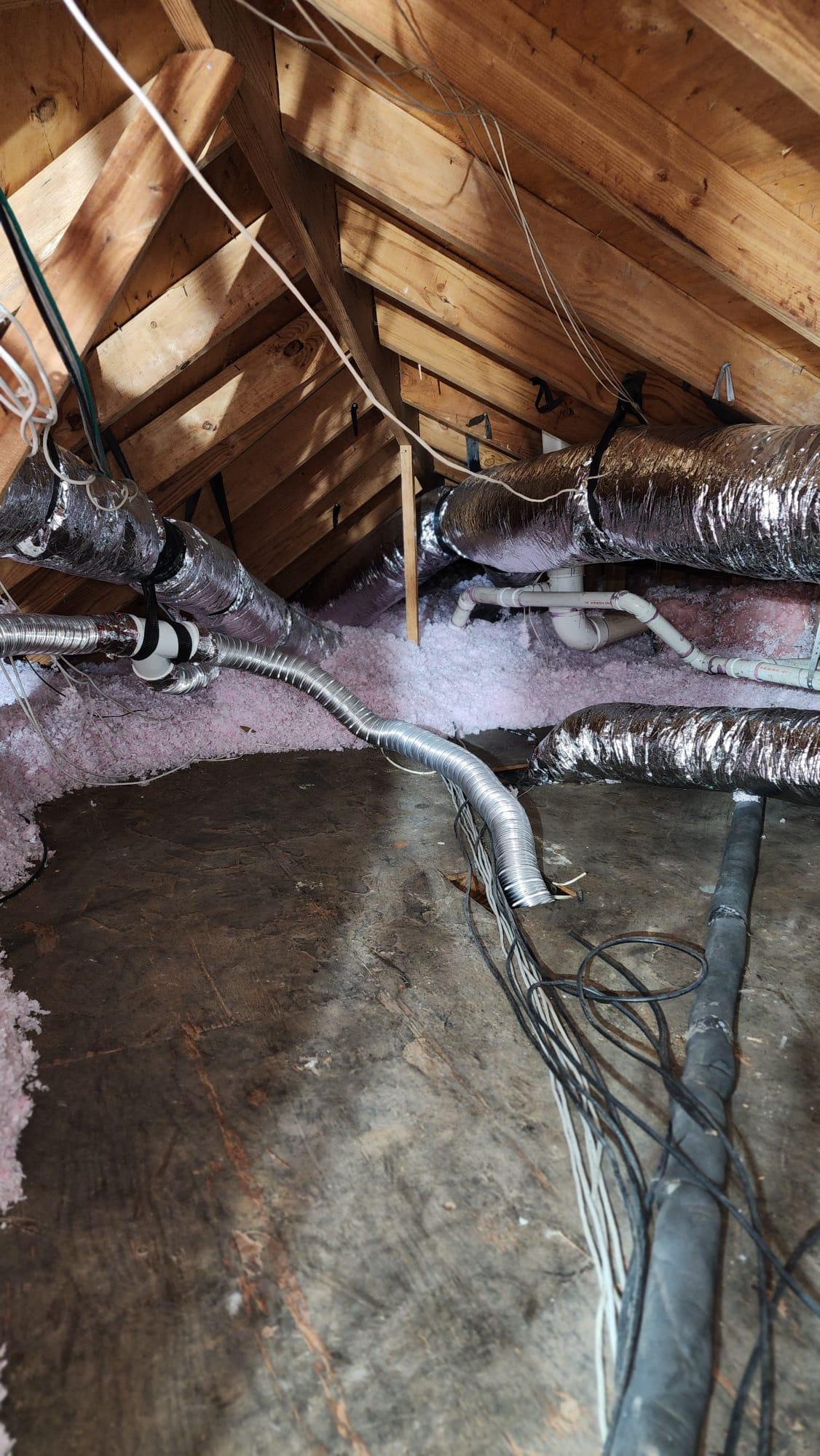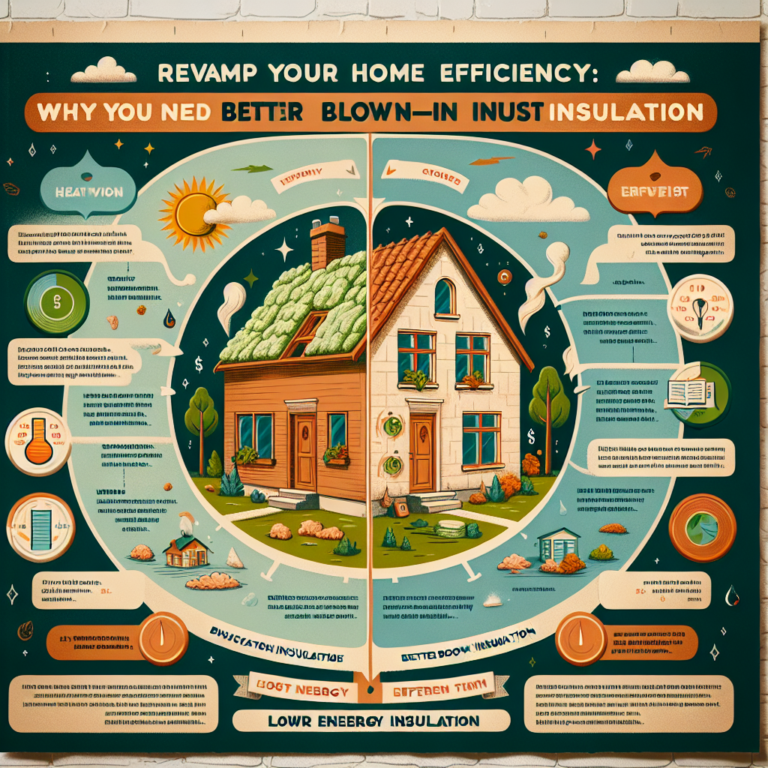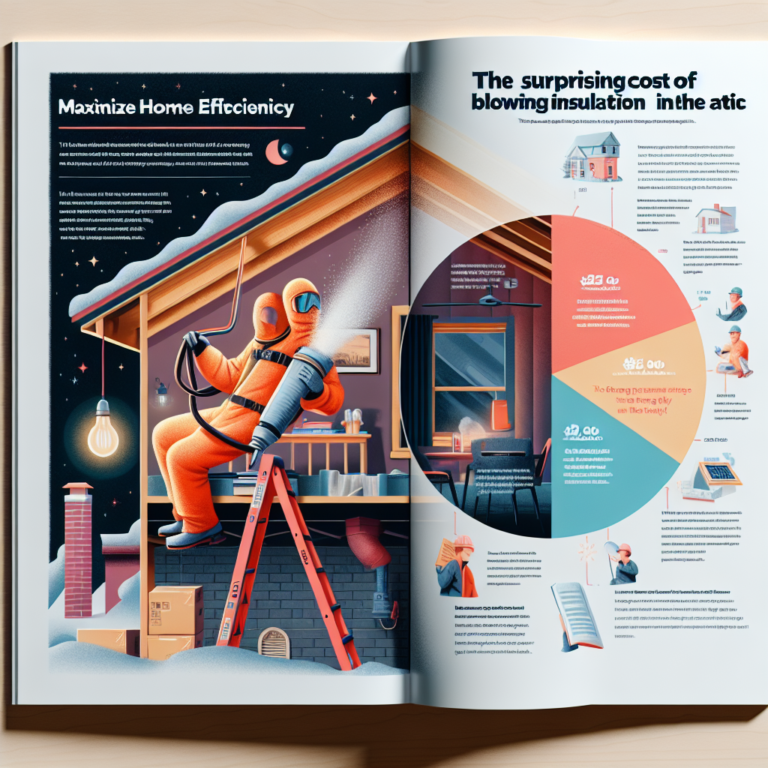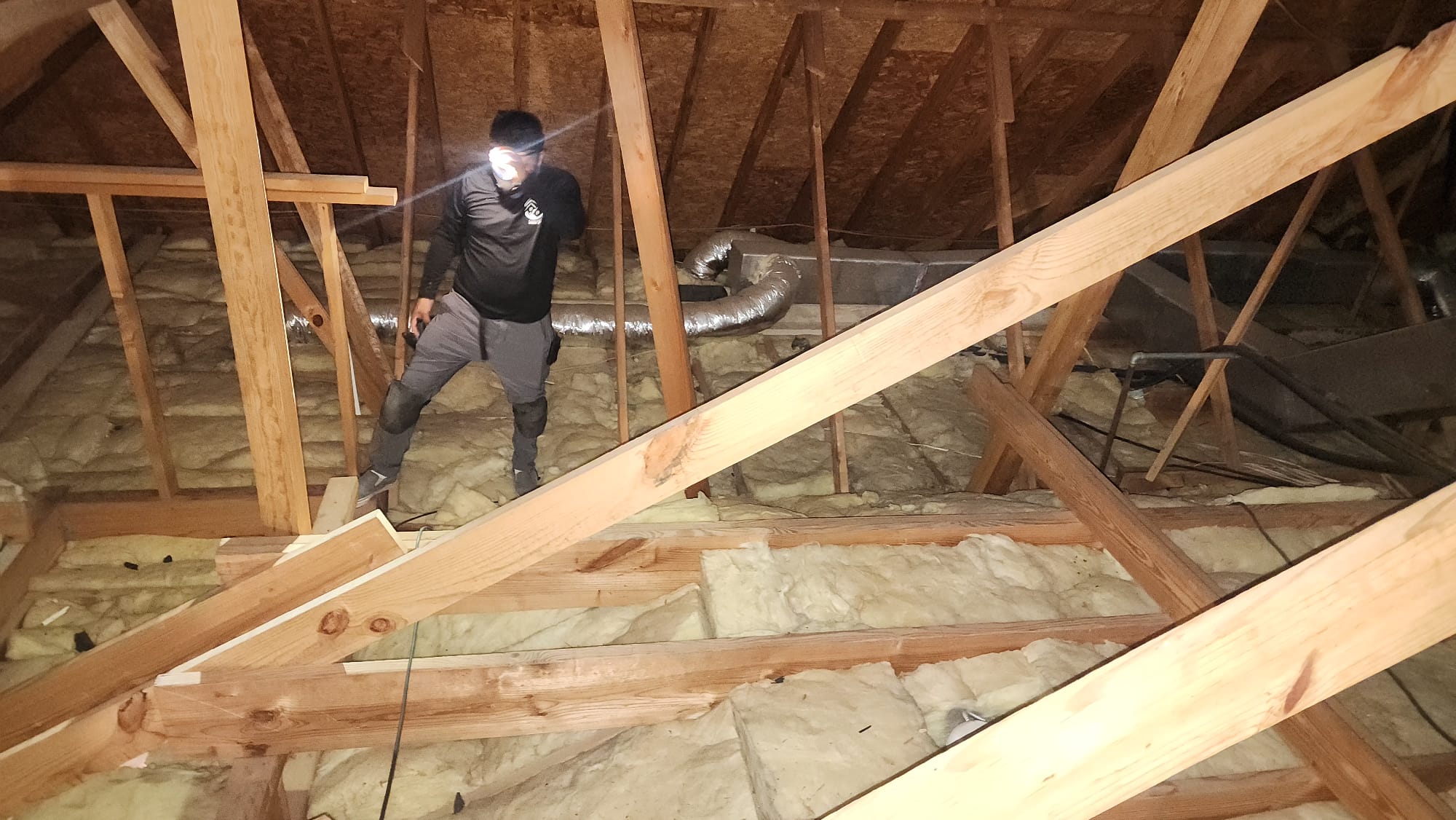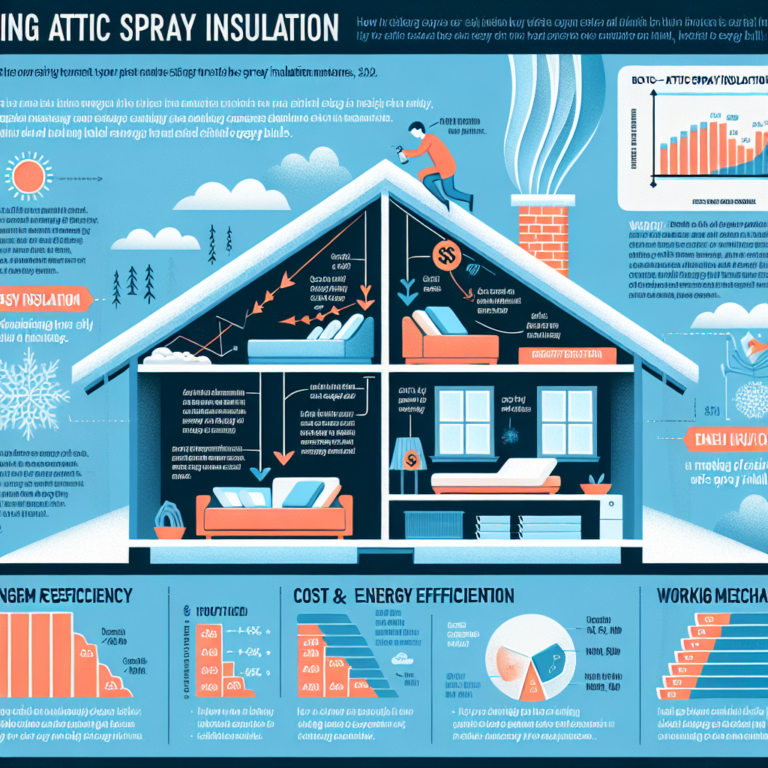Slash Your Energy Bills with Blown-In Attic Insulation: Affordable Price Per Square Foot!
Introduction
If you’ve noticed skyrocketing utility bills or uneven home temperatures, blown-in attic insulation could be the upgrade you need. Not only does this solution seal every nook and cranny of your attic, but the blown-in attic insulation price per square foot often proves more cost-effective over time than traditional batt insulation. In this guide, we’ll explore how blown-in insulation slashes energy costs, break down the factors that affect price, and help you decide whether to tackle installation yourself or call in the pros.
The Energy-Saving Advantages of Blown-In Attic Insulation
When it comes to preventing heat loss in winter and heat gain in summer, coverage matters. Blown-in attic insulation uses loose fibers—typically fiberglass, cellulose, or mineral wool—pneumatically sprayed into your attic. This method delivers three key benefits:
• Complete Air Sealing: Unlike batts that leave gaps around joists, wiring, or pipes, blown-in fibers conform to all surfaces, creating an airtight thermal barrier.
• Higher R-Value per Inch: Blown-in materials achieve greater insulating power in less space, ideal for attics with limited clearance.
• Noise Reduction and Fire Resistance: The dense blanket of insulation also dampens external noise and often boasts fire-resistant properties, enhancing both comfort and safety.
According to the U.S. Department of Energy, properly insulating your attic can cut heating and cooling expenses by up to 20%. With the right blown-in attic insulation, you’ll notice more consistent indoor temperatures and a lighter load on your HVAC system.
Understanding Blown-In Attic Insulation Price Per Square Foot
Homeowners frequently ask: “What will blown-in attic insulation price per square foot run me?” While costs vary regionally, the national average falls between $1.50 and $3.50 per square foot for materials and professional installation. Here’s a basic breakdown:
• Basic Cellulose Insulation: $1.50–$2.50 per sq ft
• Fiberglass Blown-In Insulation: $2.00–$3.00 per sq ft
• Premium Mineral Wool Insulation: $2.50–$3.50 per sq ft
These figures include both material and labor. If you opt for higher R-values or additional air sealing and vapor barriers, expect a slight uptick in your per-square-foot cost. Even so, the long-term savings on energy bills often outweigh the initial outlay within just a few years.
Factors That Affect Your Blown-In Attic Insulation Price Per Square Foot
Several variables influence the final blown-in attic insulation price per square foot. Understanding these factors will help you secure accurate quotes:
1. Insulation Material
• Fiberglass: Widely used and budget-friendly, but lower fire resistance than mineral wool.
• Cellulose: Made from recycled paper, eco-friendly, and excellent at noise reduction.
• Mineral Wool: Highest R-value, moisture resistant, and fireproof—yet more expensive.
2. Desired R-Value
The R-value measures resistance to heat flow. Attics often target R-38 to R-60, but going above the minimum increases cost.
3. Attic Size and Accessibility
• Square Footage: More area means more material and labor.
• Complexity: Tight crawl spaces or multiple obstructions slow installation, raising labor charges.
4. Existing Insulation Removal
If old or contaminated insulation requires removal and disposal, plan for an extra $0.50–$1.00 per sq ft.
5. Regional Labor Rates
Installation costs can vary based on local wages, travel distance, and market demand.
By assessing each of these elements ahead of time, you can compare bids from contractors on an apples-to-apples basis and avoid unexpected expenses.
DIY vs. Professional Installation: Cost Comparison
Considering a DIY approach? Material-only costs average $0.50–$1.00 per square foot for loose-fill insulation. However, you’ll also need to rent a blowing machine ($50–$100 per day) and purchase safety gear ($50–$100). A typical 1,000 sq ft attic DIY project can cost $600–$1,200 before labor.
Hiring professionals usually runs $1.50–$3.50 per sq ft but includes:
• Expert Equipment and Setup: No rental hassles.
• Proper Density and R-Value: Ensures optimal insulation performance.
• Warranty and Quality Assurance: Peace of mind against settlement and moisture issues.
While DIY installation can save money upfront, improper application may leave gaps or lead to uneven coverage—compromising energy savings. For most homeowners, the guaranteed results and time savings justify the professional investment.
Conclusion
Investing in blown-in attic insulation is one of the smartest ways to cut your energy bills and boost home comfort. By understanding the blown-in attic insulation price per square foot, you can budget appropriately, weigh DIY versus professional options, and choose the right material and R-value for your climate. Ready to see the difference? Reach out to Texas Insulation Solution for a free estimate and start saving on your next energy bill with efficient, affordable insulation by the square foot.


